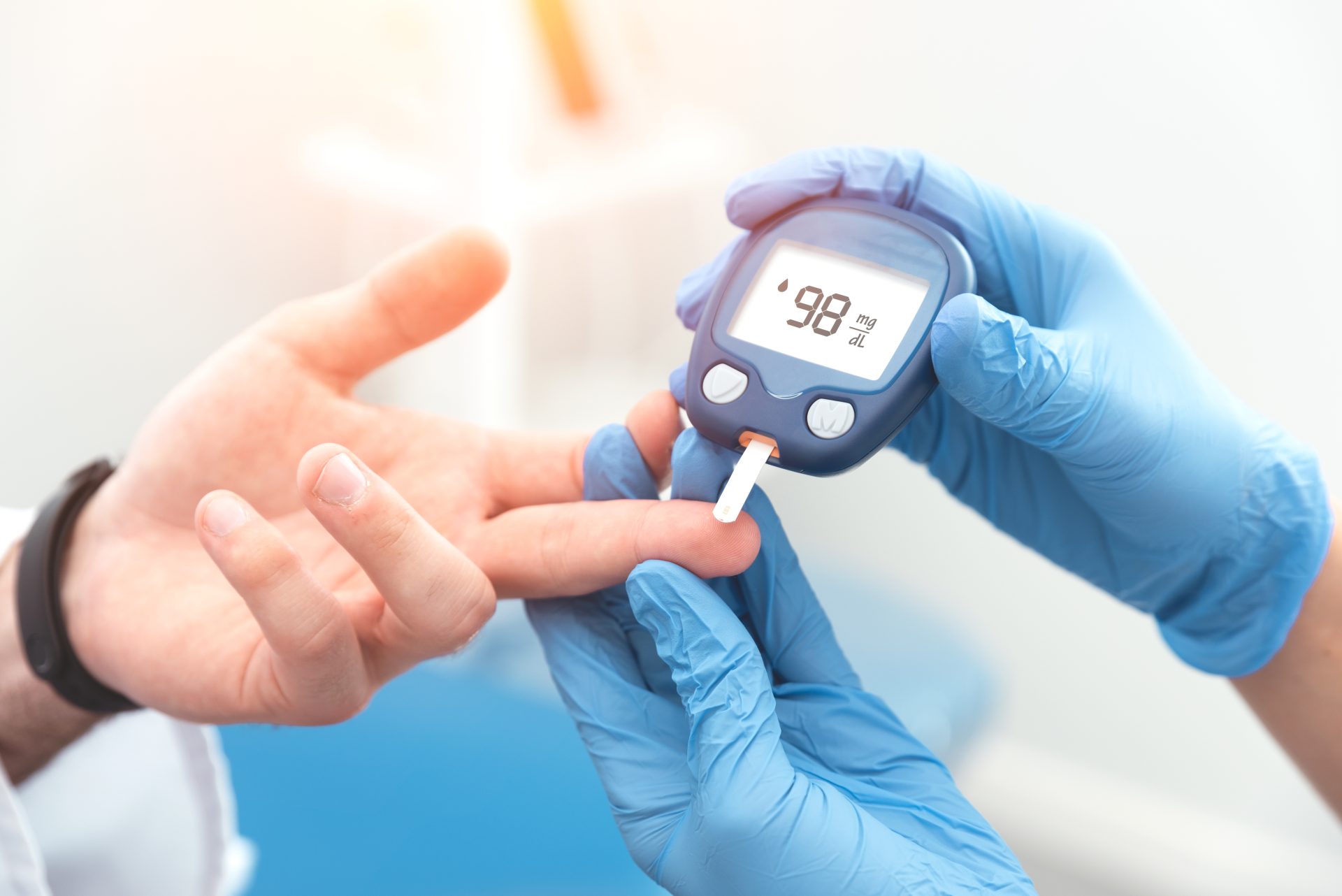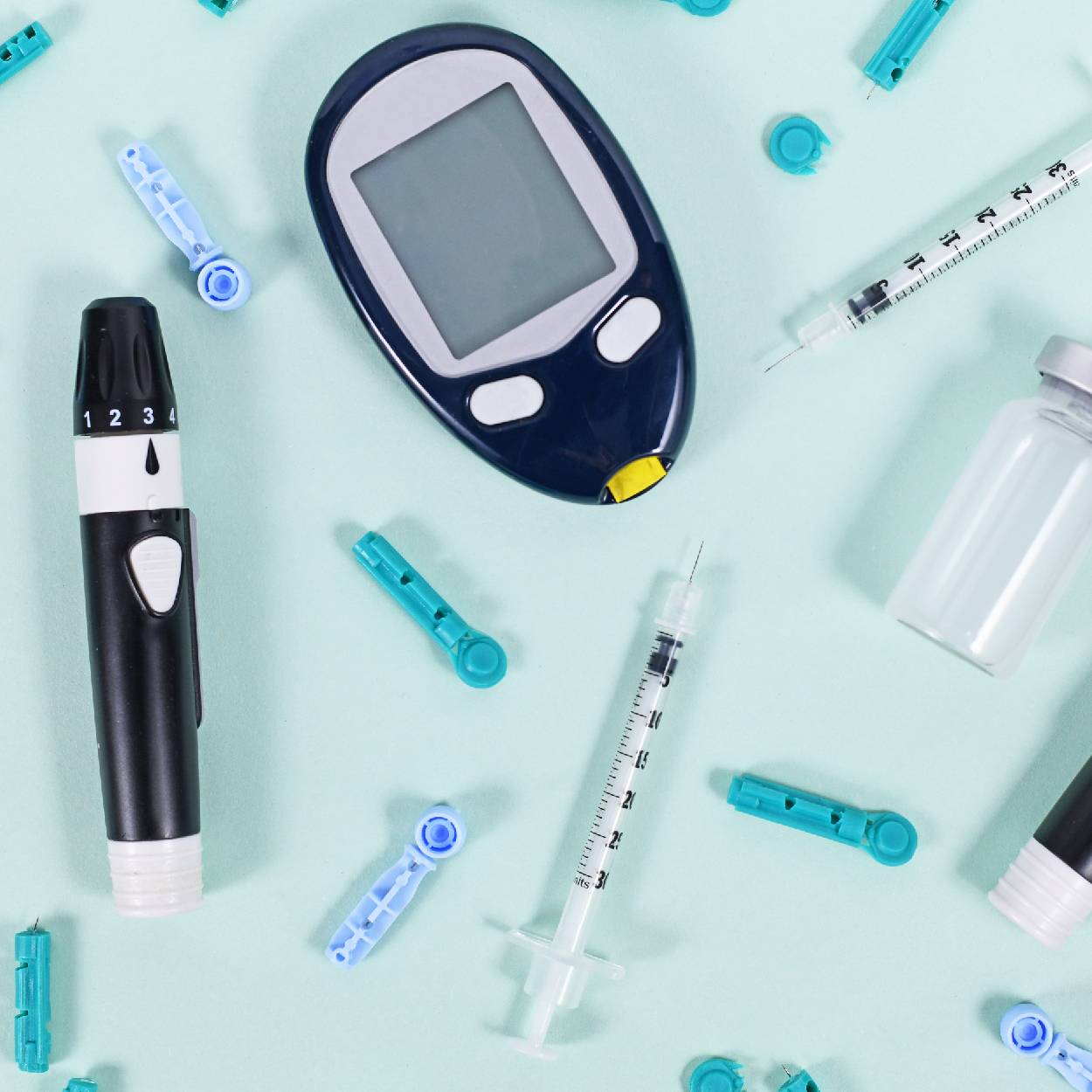It is exciting that The DASH (Dietary Approaches to Stop Hypertension) diet/ meal plan has been in the news over the past months. Did you know that U.S. News and World Report voted the DASH diet as tied for first place along with the biggest loser diet as the top diets to prevent and manage diabetes? Thirty-five meal plans were evaluated. (1) This blog will explain the history of the DASH diet and how it might be a good choice for many people with diabetes. This was written for information only and you need to ask your doctor and dietitian if this plan would be beneficial for you.
The history of the DASH diet/meal plan
Back in 1997 the National Heart, Lung and Blood Institute NHLBI (part of the National Institutes of Health in the United States) published the results of a multicenter feeding study testing the effects of certain diets on blood pressure. This was called the DASH trial. (2) Data was analyzed over the following years and it was found that in the DASH-sodium study, when participants followed the DASH diet plus reduced amounts of dietary sodium (without a reduction in weight) their blood pressure dropped. The greatest reduction in blood pressure was seen with a limit of 1,500 mg of sodium per day compared to the control diet of 3,300 mg/day. The study also had subjects eating 2,400 mg of sodium per day which also reduced blood pressure but not as much as the 1,500 mg plan. Decreases in blood pressure were found both in subjects with and without high blood pressure. (3)
What is the DASH Diet?
The DASH DIET is a very balanced meal plan that has been shown to lower blood pressure and helps to improve blood lipid levels. These factors help reduce cardiovascular disease risk. All people with diabetes are at risk for cardiovascular disease. (4)
These food groups are included on the DASH diet:
- Whole grains- bread, oat rice and corn products
- Vegetables-fresh and canned or frozen if they are low in sodium
- Fruit- fresh, dried, frozen or canned
- Dairy- Low or no fat products (cheese and milk)
- Meats- Lean cuts with fat trimmed and skin removed – Broiling, roasting and poaching are recommended for preparation
- Beans and peas cooked from dried, nuts and seeds
- Fats-low fat salad dressing, canola, olive, safflower and corn oil
- Low fat sweets in moderation (5)
Foods that need to be limited are foods moderate or high in sodium, sweets, beverages with excess sugar and red meat. Stay away from trans-fat, saturated fat and foods high in cholesterol. The plan encourages foods high in potassium, magnesium, calcium, protein and fiber. (6)
Recommendations to follow with DASH
Maintain a Healthy Weight (7)
Talk to your dietitian about needed calories. Weight loss is encouraged when overweight. It is suggested to decrease calories needed for maintenance by 500-1,000 calories per day to lose weight. For people with diabetes you also need your plan to correctly complement the medications you take for your diabetes.
Exercise (7)
Exercise is especially important for people with diabetes.
Reduce sodium
Please go to our blog: Five Sodium lowering ideas for people with diabetes.
This blog explains how to decrease sodium levels in the average American diet and gives links to recipes on our site.
Potassium should come from dietary sources not supplements (7)
Most fruits and vegetables contain potassium. Ask your dietitian for assistance with the amount of potassium you need. Do not use products with potassium chloride added unless your physician approves.
Alcohol should be limited and do not smoke (7)
Here are some recommendations about consuming alcohol if you have diabetes.
The U.S. Department of Health and Human Services provides detailed information on DASH diet plans for individuals that need 1,600, 2,000 and 2,600 calories. If you decide this is the program might be for you, talk it over with your dietitian/certified diabetes educator. If all agree, it is important to merge the plan with your medication, exercise and all other aspects of living with diabetes.




